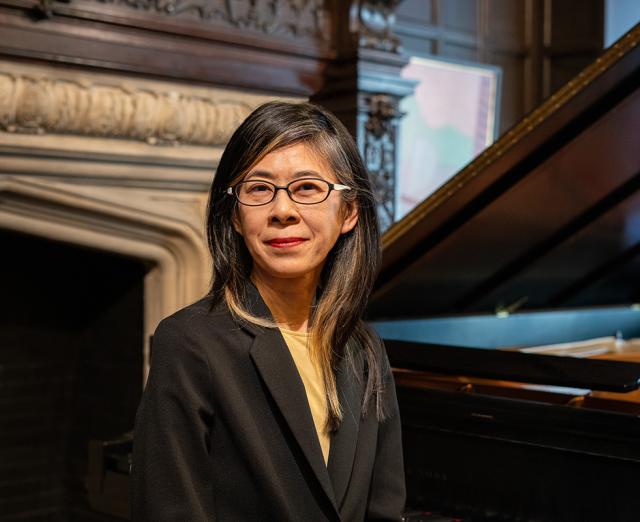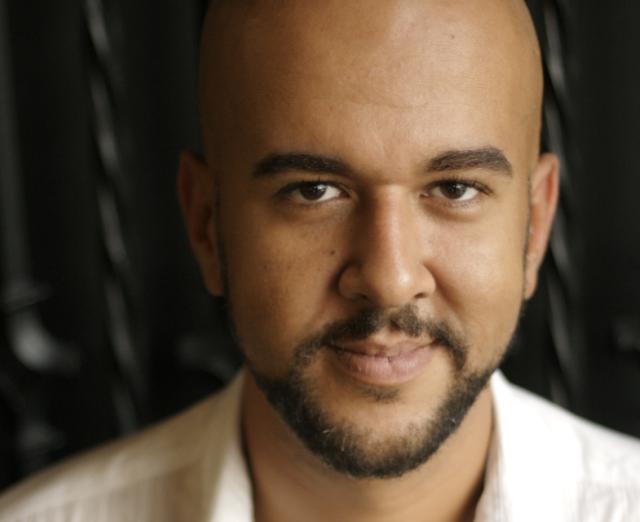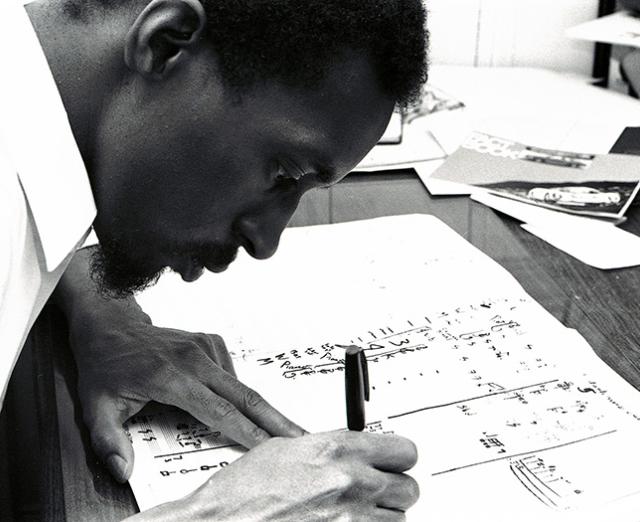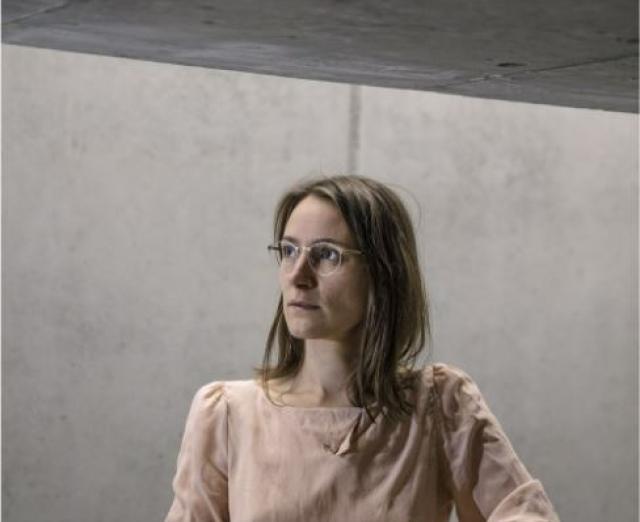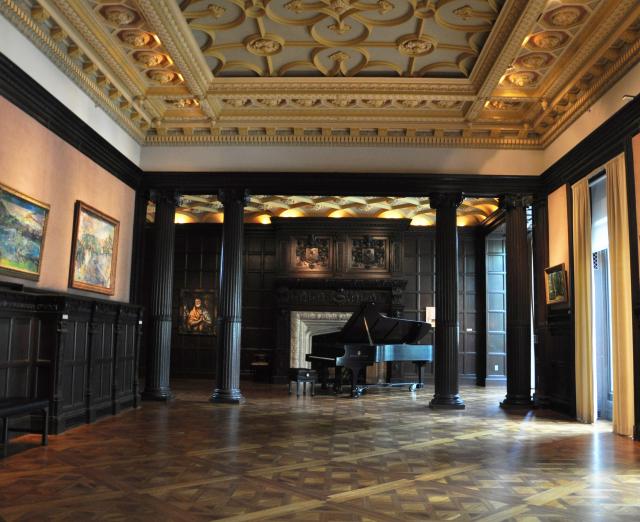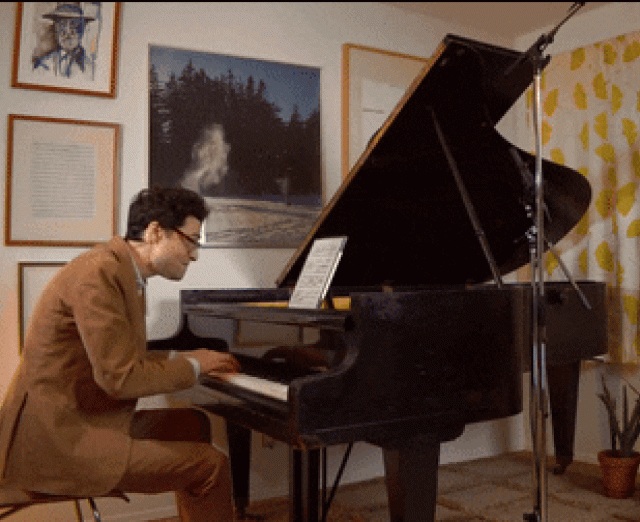Phillips Music Goes Virtual (Part I)
Phillips Music
All of the concerts of our 80th season of Phillips Music are being presented online. In this two part series, Director of Music Jeremy Ney shares the trials and tribulations (and perks!) of presenting our acclaimed Sunday Concerts virtually for the first time. Read Part II here
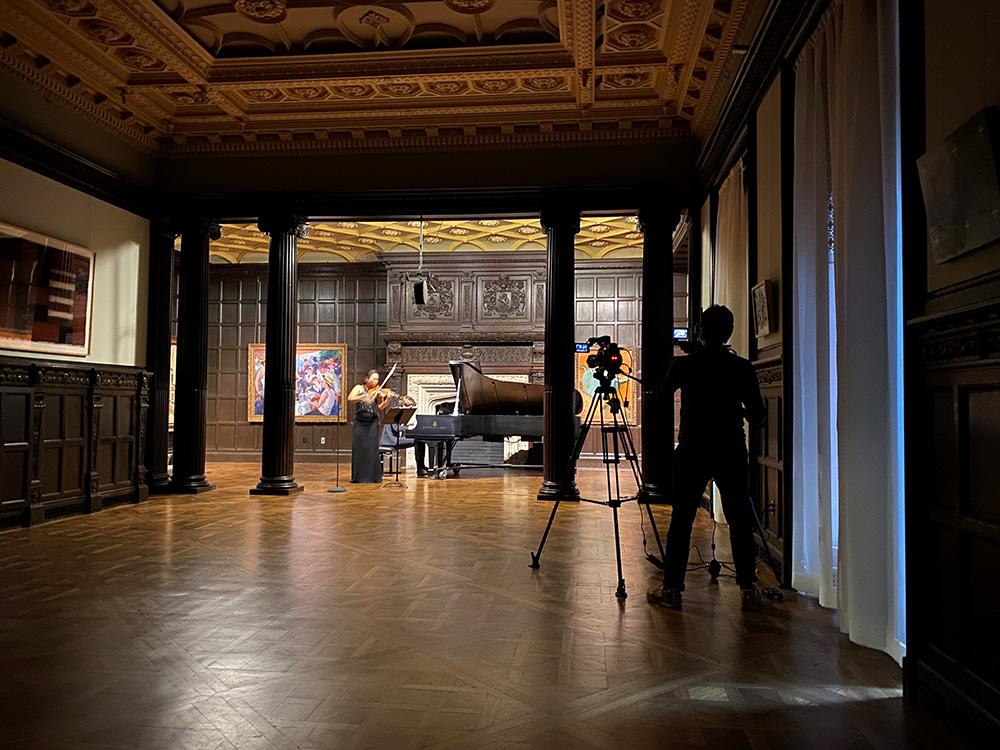
Recording Stella Chen and Albert Cano Smit in the Music Room. If you missed their performance, you can still stream it on the concert page.
Tell us about the transition to virtual events. What were some of the challenges you faced/are facing?
2020 was a hard year for the performing arts across the board. The goal posts kept shifting, and so one of the primary difficulties was when to decide to go virtual. Everyone across the country, and even arts organizations in DC, were doing things differently, finding solutions to their own unique challenges. However, it was important for us at The Phillips Collection to continue to present our series, and not abandon it until we could have in-person audiences again. This season is our 80th anniversary, which aligns with The Phillips Collection’s centennial year—these are major milestones and thus, it was important to pivot toward new ways of presenting. It has been a hugely enjoyable process to go digital this year, though there are definitely some pitfalls. If you don’t already have the infrastructure in place to support filming and presenting online concerts, then the learning curve is pretty steep. You have to identify funds for new equipment, look at staffing capacity and skills gaps, negotiate new issues around concert logistics, onsite protocols, music licensing, which online platforms to use, ticketing—the list goes on. You also have to look at how to do this sustainably for your institution without over-stretching budgets at a time when all organizations, cultural or otherwise, are having to respond to the impacts of the pandemic. Lastly, the digital realm presents lots of new opportunities in terms of format and reaching new audiences. When you only have a small performance space like we do at the Phillips (our Music Room has a capacity of 140 people), then digital platforms can really help drive interest in the work we do. Despite the difficulties of changing everything you have done before, this is to be embraced. Even when we return to some version of “normal,” the digital element is not going away—so it’s best to understand and get to grips with that landscape now.
Tell us about your process for presenting digital concerts at the Phillips?
I think the Phillips is in a unique position; we have an intimate space surrounded by outstanding visual art. It was important to capture the special nature of the Music Room as faithfully as we could. That meant: high quality equipment. Working with local videographer Dominic Mann we invested in three Canon C200 cameras, which have the capacity to film in 4k. We also got to grips with the software and hardware needed for live-streaming events, which is becoming the norm. Luckily we already have outstanding audio engineering from our long-time engineer, Ed Kelly, who has recorded concerts at the Phillips for many decades.
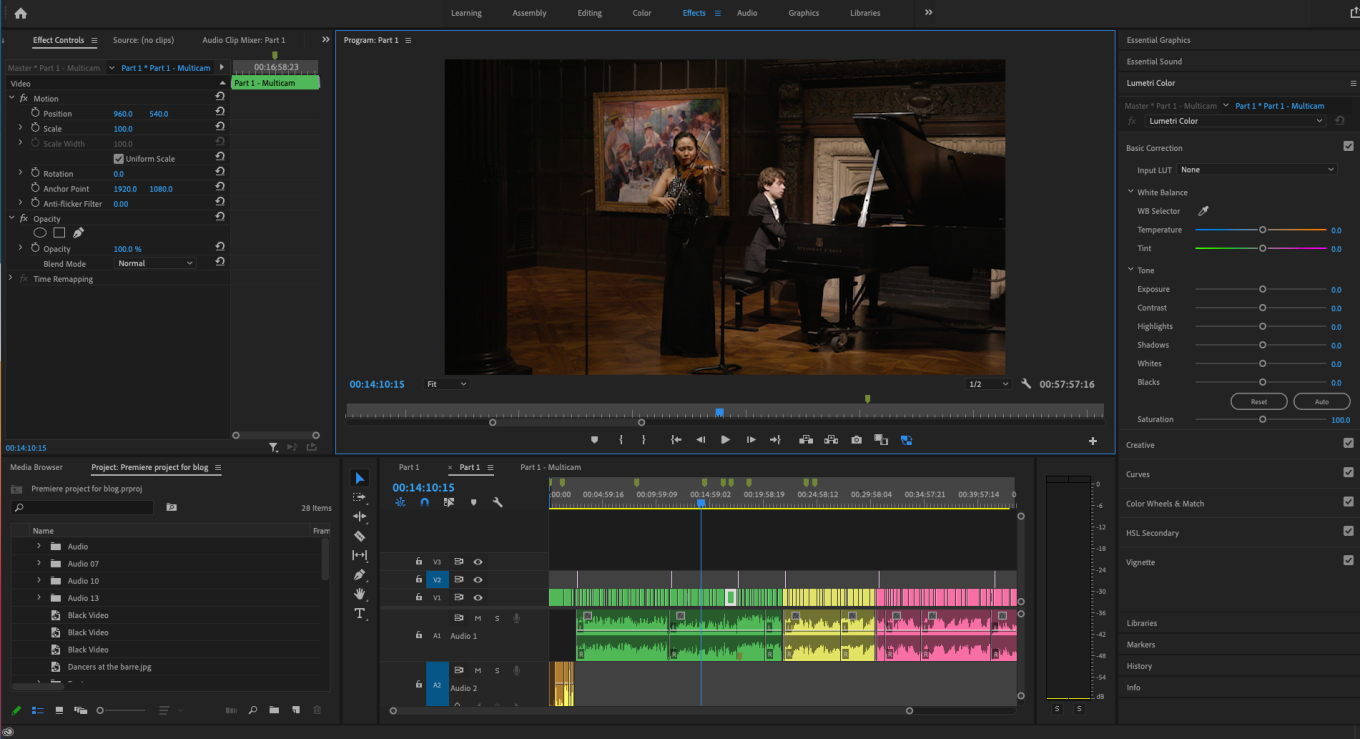
Editing Stella Chen and Albert Cano Smit's performance in Adobe Premiere Pro
In three months our small team has created work that I’m personally really proud of. A typical concert day first entails our Concerts Manager Abigail Winston and I getting the artists here safely and ensuring protocols are followed onsite. We record performers in the Music Room during a 4-5 hour session (typically). Ed Kelly then masters the audio, usually working on it late into the night, having it ready for the next day. Videographer Dominic Mann then starts to synchronize the audio to the video footage using Adobe Premiere Pro. Dominic puts the major scaffolding of the project together for me to then begin the editing process. The editing process is usually very involved, switching camera angles as “musically” as possible to create a visually rich experience. Sometimes the most minute edits are required, stitching together small fragments of music from one cut to the next. Color correction, graphics, cross-fades, pacing—all key to giving a performance the best look and feel that you can. When you have outstanding performers doing what they do best, you feel a keen duty to capture that in the highest possible quality.
How as the engagement been?
The initial signs of growth in audience engagement have been very encouraging. For January and February, there has been a 300% increase in concert attendance for digital performance vs in-person performances. In seven concerts we have had over 3,000 people sign up to attend—if those concerts were in-person, we would have been able to welcome 900 people max. We’re also able to engage global audiences, with over 1,000 views from countries around the world. The digital realm has also allowed us to expand our partnerships locally and globally—in February, the London Symphony Orchestra published a Phillips Music performance on their YouTube channel that reached 1,400 viewers in a week. We’ve also managed to increase our social media footprint, with almost 25,000 views on Instagram for our concert clips.
Stay tuned for more from Jeremy Ney about Phillips Music going virtual.
